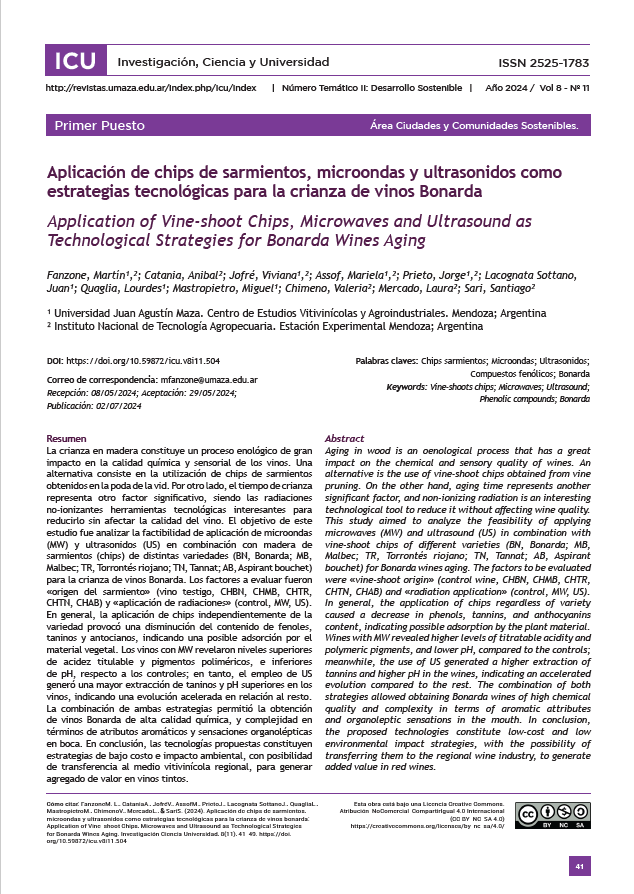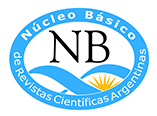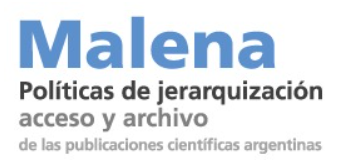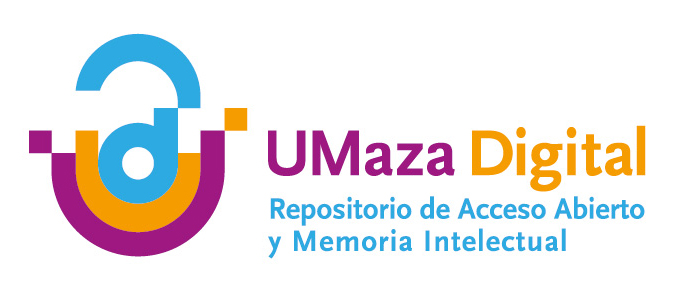Application of Vine-shoot Chips, Microwaves and Ultrasound as Technological Strategies for Bonarda Wines Aging
Application of Vine-shoot Chips, Microwaves and Ultrasound as Technological Strategies for Bonarda Wines Aging
DOI:
https://doi.org/10.59872/icu.v8i11.504Keywords:
Vine-shoots chips; Microwaves; Ultrasound; Phenolic compounds; BonardaAbstract
Aging in wood is an oenological process that has a great impact on the chemical and sensory quality of wines. An alternative is the use of vine-shoot chips obtained from vine pruning. On the other hand, aging time represents another significant factor, and non-ionizing radiation is an interesting technological tool to reduce it without affecting wine quality. This study aimed to analyze the feasibility of applying microwaves (MW) and ultrasound (US) in combination with vine-shoot chips of different varieties (BN, Bonarda; MB, Malbec; TR, Torrontés riojano; TN, Tannat; AB, Aspirant bouchet) for Bonarda wines aging. The factors to be evaluated were "vine-shoot origin" (control wine, CHBN, CHMB, CHTR, CHTN, CHAB) and "radiation application" (control, MW, US). In general, the application of chips regardless of variety caused a decrease in phenols, tannins, and anthocyanins content, indicating possible adsorption by the plant material. Wines with MW revealed higher levels of titratable acidity and polymeric pigments, and lower pH, compared to the controls; meanwhile, the use of US generated a higher extraction of tannins and higher pH in the wines, indicating an accelerated evolution compared to the rest. The combination of both strategies allowed obtaining Bonarda wines of high chemical quality and complexity in terms of aromatic attributes and organoleptic sensations in the mouth. In conclusion, the proposed technologies constitute low-cost and low environmental impact strategies, with the possibility of transferring them to the regional wine industry, to generate added value in red wines.
Downloads

Published
How to Cite
Issue
Section
Categories
License
Copyright (c) 2024 Martin Leandro Fanzone, Anibal Catania, Viviana Jofré, Mariela Assof, Jorge Prieto, Juan Lacognata Sottano, Lourdes Quaglia, Miguel Mastropietro, Valeria Chimeno, Laura Mercado, Santiago Sari

This work is licensed under a Creative Commons Attribution-NonCommercial-ShareAlike 4.0 International License.





















